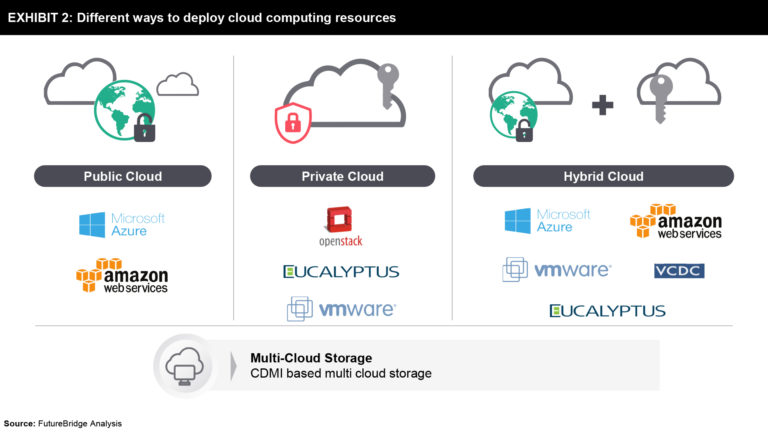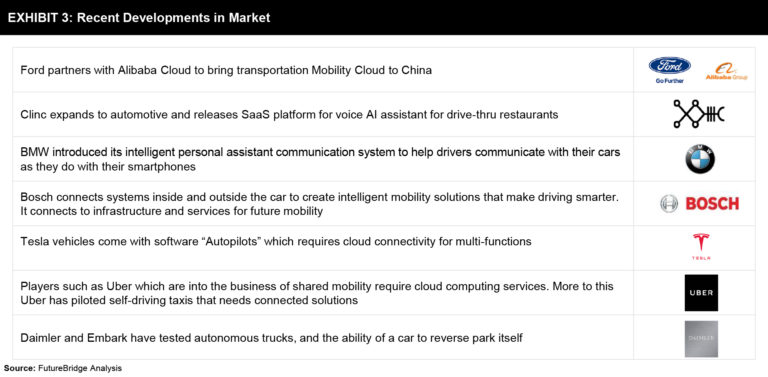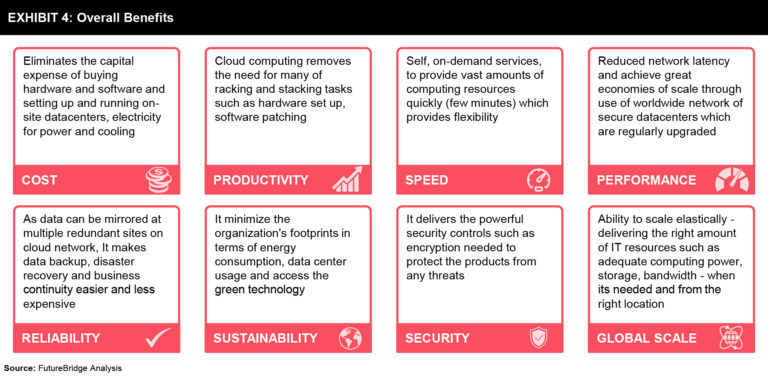Cloud Computing Driving Innovation and Efficiency in Mobility
Listen to this Article
mins | This voice is AI generated.
mins | This voice is AI generated.
Cloud computing infrastructure is the backbone of the delivery pipeline of just about every digital service, from social media and streaming entertainment to connected cars and autonomous internet of things (IoT) infrastructure.
Cloud technology essentially makes every other technology lighter, faster, and more accessible from a customer point of view, and this in fact will be a key driver in the migration of more services to cloud platforms.
According to predictions from Gartner, global spending on cloud services is expected to reach over $482 billion in 2022, up from $313 billion in 2020
Cloud Computing is a method of storing data in online platforms processing by using a network of remote servers hosted on the internet in real-time. It relies on sharing of resources to achieve coherence and economies of scale, similar to a public utility. Cloud services are elastic, adaptable, scalable, and highly configurable and are the delivery of computing services—servers, storage, databases, networking, software, analytics, etc.
The majority of cloud computing services fall into three broad categories:
SaaS is a method for delivering software applications over the Internet, on a subscription, and on-demand basis. Licenses are typically provided through a pay-as-you-go model or on-demand.
PaaS Cloud computing services are platforms for creating software that is delivered via the internet. It supplies an on-demand environment for developing, testing, delivering, and managing software applications.
IaaS is a method for delivering everything from operating systems to servers and storage through IP-based connectivity as part of an on-demand service. Clients can avoid the need to purchase software or servers, by outsourced, on-demand service.
There are three different ways to deploy cloud computing resources:


Cloud computing saves a lot of time and effort that are put to maintain hardware and software infrastructure with the help of super-fast servers which are fully dedicated to providing very fast data processing. It reduces the risk of failures, hacks, and any type of technical breakdown.
Cloud computing is primarily required to:
Mobility and cloud work together to provide a rich user experience allowing for constant access on the go to content and applications that exist in a reliable, scalable, and robust cloud infrastructure
The automotive sector can leverage cloud-based capabilities to:
“In our world, innovation is the only constant. The world is experiencing unprecedented change driven by the digital revolution. Everything is changing from the organization’s functioning to people’s working. Digital transformation is the buzzword across industries and cloud-based tech is leading that digitalization of processes and supply chains.” – CEO, Deskera
Since the launch of Amazon EC2, cloud computing has witnessed high growth due to the availability of high-capacity networks, low-cost computers, and storage devices as well as the widespread adoption of hardware virtualization, service-oriented architecture, and autonomic and utility computing
Automotive companies are leveraging modern Cloud-computing platforms for creating Cloud-native Applications, devising a comprehensive software development methodology—all of which have the potential to transform it into a global powerhouse.
The manufacturers become more flexible and can easily adapt to changing market demands. They are also able to create more efficient designs, as better engineering will lead to less necessary hardware.


Mentioned above are a few examples to show the development in the automotive industry. These developments have a huge breadth and high pace which will require cloud computing for delivering results in real-time.
Cloud is enabling manufactures to have a closer relationship directly with consumers, helping to understand different patterns and usage remotely. With the cloud platform, companies are creating smaller consoles and centers to reduce costs, lower risks, increase security, and dramatically improve vehicular engineering.


More to this there are certain benefits related to the automotive Industry:
There are several reasons for automotive OEMs’ reluctance to bring cloud computing into the heart of their operations. As the market throws up new challenges, the automotive industry is undergoing drastic changes. There is heavy competition and new technological innovations are defining the new face of this sector.
The automotive industry’s use of cloud technology is currently largely limited to discrete, targeted applications, usually based on a private cloud, with limited integration between cloud applications and little use of the cloud in core operations.
Across the world, automotive manufacturers are facing the convergence of several global industry trends that are putting existing operating models under strain:
FutureBridge understands that in the next few years the rise of smart cars, autonomous technology, and shared mobility will transform the automotive landscape and create the context for rapidly increasing use of cloud solutions, within and beyond OEMs’ organizational boundaries
References
Share your focus area or question to engage with our Analysts through the Business Objectives service.
Submit My Business ObjectiveOur long-standing clients include some of the worlds leading brands and forward-thinking corporations.




























